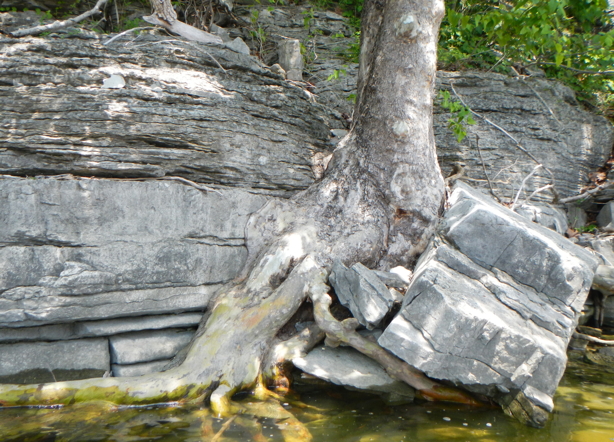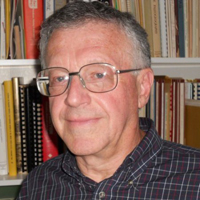One of my major research interests is the coevolution of soils, landforms, and biota. I’ve been working in this area pretty steadily since about 2000, but until 2013 I was completely unaware of some work being done along the same lines, over about the same time period. This is the work of W.H. Verboom and J.S. Pate from Western Australia, who among other things developed the “phytotarium concept.” Phytotarium defines the specific plants and microbial associates driving specific pedological changes during niche construction. This concept, and a wealth of work on biogenic origins of pedological and geomorphological features such as clay pavements, texture-contrast (duplex, as they call them in Australia) soils, and laterites, was highly relevant to my own thinking (e.g., Phillips, 2009a; 2009b), but though I consider myself familiar with the biogeomorphology and pedogenesis literature, then and now, I had somehow missed it.

Deep sandy duplex (vertical texture contrast) soils, Western Australia. Photo credit: Dept. of Agriculture & Food, Western Australia.



 One of the oldest traditions in the
One of the oldest traditions in the